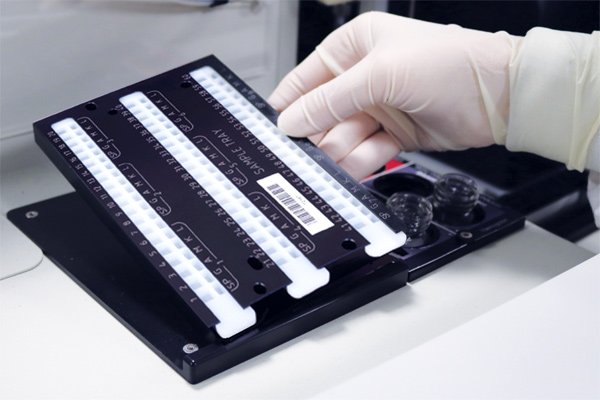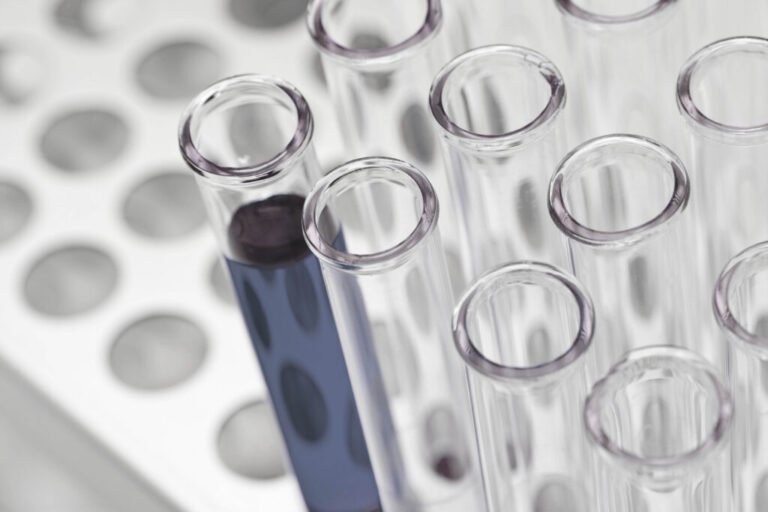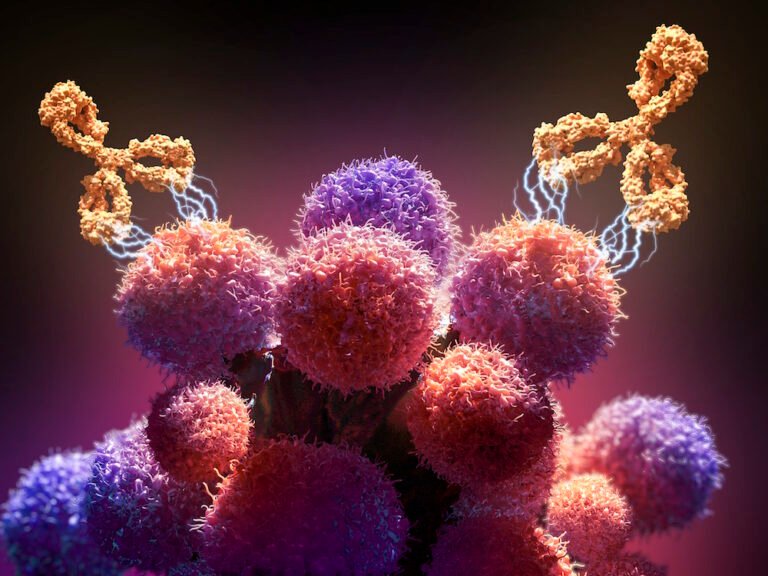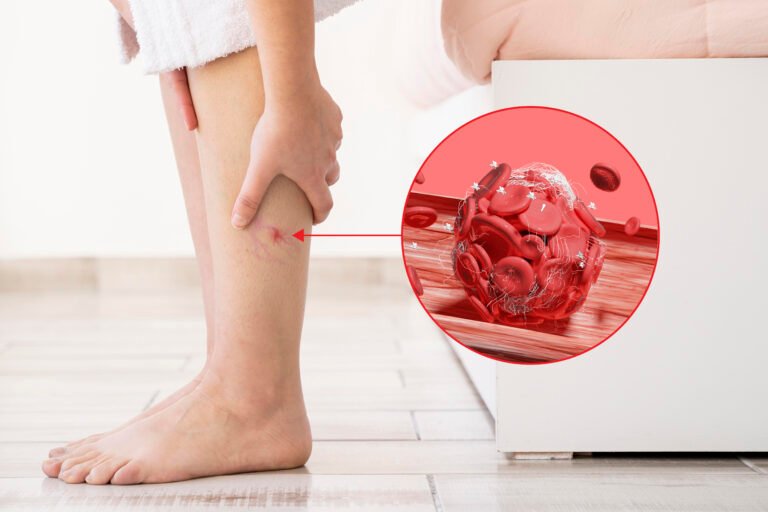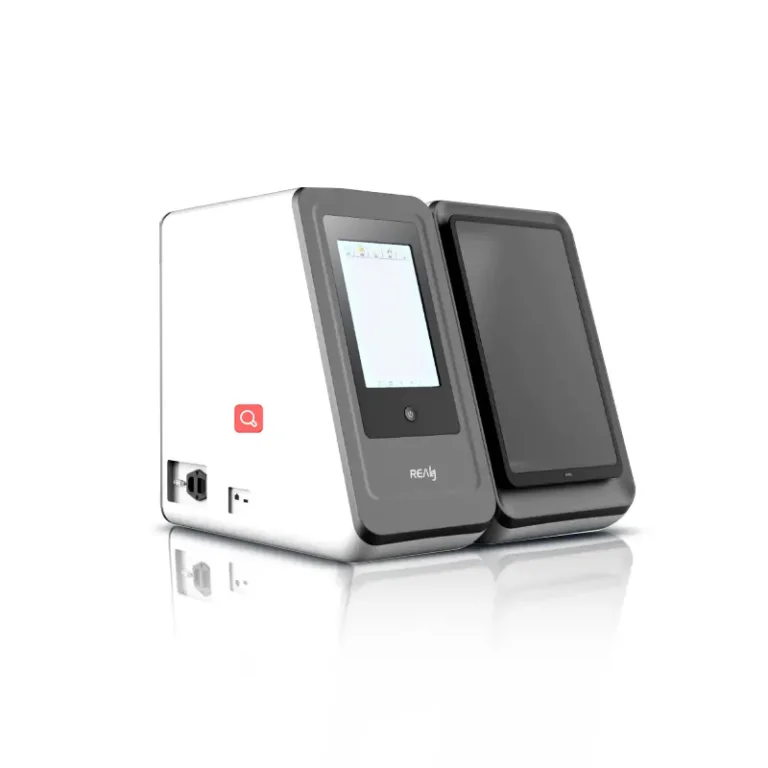Gel Electrophoresis: A Powerful Technology Transforming Diagnostics
Advances in medical diagnostics are revolutionizing how diseases are detected, monitored, and treated. Among these technologies, gel electrophoresis has played a crucial role in clinical laboratories for decades and continues to evolve with new applications in precision medicine, molecular biology, and genetic diagnostics.
What is Gel Electrophoresis?
Gel electrophoresis is a laboratory technique used to separate DNA, RNA, or proteins based on their size and charge. Samples are loaded into a gel matrix, and an electric current is applied. Negatively charged molecules move towards the positive electrode, with smaller fragments traveling faster through the gel pores than larger ones. This creates a distinct banding pattern that can be analyzed for diagnostic or research purposes.
Types of Gel Electrophoresis in Diagnostics
- Agarose Gel Electrophoresis – Commonly used for nucleic acid separation, such as detecting genetic mutations, viral genomes, or microbial DNA.
- Polyacrylamide Gel Electrophoresis (PAGE) – Offers higher resolution, widely applied in protein analysis and detecting specific biomarkers.
- SDS-PAGE – A denaturing method for analyzing protein size and purity, often used in immunological assays.
- Capillary Gel Electrophoresis (CGE) – An advanced automated form with high sensitivity, used in DNA sequencing and forensic testing.
Clinical Applications of Gel Electrophoresis
- Genetic Disease Diagnosis: Identifying mutations, deletions, or insertions in genes (e.g., thalassemia, cystic fibrosis).
- Infectious Disease Detection: Tracking viral and bacterial DNA/RNA in samples.
- Protein Disorders: Serum protein electrophoresis is used to detect multiple myeloma, liver diseases, and autoimmune conditions.
- Prenatal and Newborn Screening: Detecting inherited disorders at an early stage.
- Forensic and Paternity Testing: DNA profiling through electrophoretic separation.
Advantages of Gel Electrophoresis in Diagnostics
- High sensitivity and specificity for biomolecule detection.
- Cost-effective compared to next-generation sequencing (NGS).
- Versatile across DNA, RNA, and proteins.
- Provides a visual representation of molecular differences.
Recent Advances in Electrophoresis Technology
Modern innovations are making gel electrophoresis faster, more precise, and automated:
- Microfluidic Gel Electrophoresis: Lab-on-a-chip devices that require minimal samples and deliver rapid results.
- Integration with AI and Imaging Systems: Automated band detection and interpretation improve accuracy.
- Hybrid Techniques: Coupling with mass spectrometry and sequencing for comprehensive molecular diagnostics.
Conclusion
Gel electrophoresis remains a cornerstone technology in diagnostics, bridging traditional lab methods with modern molecular techniques. Its ability to separate and identify biomolecules has made it indispensable in diagnosing genetic conditions, infections, and protein disorders. With continuous innovations, this technique is evolving into faster, more automated, and highly precise platforms, reinforcing its place in the future of personalized and precision medicine.

